2021 brings an air of tentative optimism as we near the distribution of an effective COVID-19 vaccine. We all look forward to putting this year’s challenging times behind us – but it is important that what we learned in 2020 is not lost, because consumer behavior has changed and will not return to pre-COVID “norms.”
Most consumer packaged goods brands fared well during 2020 as consumers spent more time cooking at home and exploring new meal solutions. As we look to the coming year, many packaging trends accelerated by the pandemic will continue to influence the industry. At the same time, potential changes will emerge. Some of these emerging trends currently represent weak signals from the future, while others are well-established factors shaping the industry.
Below, we have outlined what trends we believe will be the most relevant to the packaged food and beverages industry next year.
Glass and Aluminum Packaging
There is no room left to hide on this matter: plastic is a problem. We will witness governments, manufacturers and retailers take a more aggressive approach to the removal of plastics, including packaging and shopping bags. For packaging, we will see a continued shift to the turn of the century’s primary packaging format: glass. Although glass will add to the cost of manufacturing and shipping, it is endlessly recyclable without any loss of quality. Recycling glass overcomes some of the challenges of recycling plastics, such as being able to mix colored materials.
The other most viable option for beverages and semi-liquid products is aluminum, which is also endlessly recyclable with no loss to quality. If you can access recycled aluminum, this is considered to be the most eco-friendly option. However, new aluminum is harder on the planet than new glass. Additionally, the quality perception and potential impact on taste may push a preference for glass. However, the lower cost of transporting much lighter material is worth consideration.
The growing pressure on using plastic single-serve water and cola bottles will force brands to switch to alternative materials, of which glass or aluminum represent the most realistic solutions. The need for an alternative to plastic is driving the global glass packaging market size to grow at a CAGR of 4.5 percent from 2014 to 2022, based on a Grand View Research study. However, the rise is primarily driven by the growing demand for alcoholic beverages and a rapid increase in the beer industry in Eastern Europe and the Asia Pacific as these brands shift from aluminum cans.
We will also witness a push towards new materials replacing plastic (including compostable paper products) and predict widespread usage as the cost and reliability become achievable. Purchase departments will need to explore new manufacturing and packaging materials to ensure brands remain relevant with a growing concern of pollution and its impact on the environment.
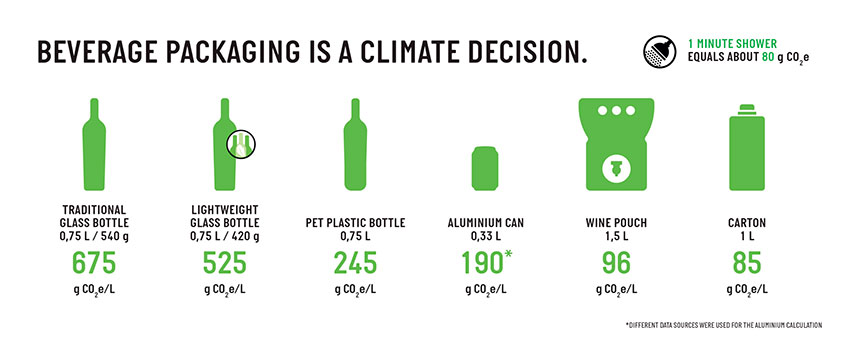
Noteworthy Signals of Change:
- Loop’s circular packaging system offers a zero waste partnership with numerous CPG brands.
- Canada will ban six single-use plastic items by the end of 2021, following France, the U.K, Bangladesh and Kenya. Other countries, including India, China and the EU have similar bans coming in the next year.
- “Zero Waste Living” is a movement that is gaining momentum, with many zero waste specialty stores already offering an unpackaged experience.
Packaging that Overcomes SKU Rationalization
Many supermarkets are placing a strong focus on offering higher-margin meal replacements and dedicating a greater amount of space in the store to this end. This shift comes at the cost of well-established brands competing in the store’s center against the retailer’s controlled labels. To remain competitive, retailers reduce the range of products within each category, eliminating bottom to middle-tier brands to allow space for new emerging indie offerings or the retailer’s labels. The pandemic has also forced manufacturers to rethink their brand portfolio as supply chains were disrupted, leading to a lack of inventory at store levels.
We conducted a study on CPG consumer preferences and attitudes through the pandemic, which identified that out-of-stock situations set up leading brands to lose market share as consumers were forced to try alternative brands – and sometimes found they liked them. 2021 will usher in a year where manufacturers reevaluate their portfolio to optimize sales, reduce out-of-stock challenges, respond to online sales growth, and allow room for newer, more innovative products. Manufacturers will also focus on optimizing their operational and distribution efficiencies to overcome the rising cost of selling products through retail channels.
The challenge of portfolio rationalization will focus on packaging as a means of retaining shelf impact. We expect to witness a refocusing of marketing dollars towards packaging, both in label design and new unique convenience-driven structures.
Noteworthy Signals of Change:
- 30 percent of consumers who tried a private label brand during the pandemic intend to continue purchasing the store brand product.
- Consumer interest in understanding the supply chain and supporting local brands is increasing.
Hyper Niche Packaging
Manufacturers are all exploring personalization and greater product segmentation as a vehicle to drive growth. This is not surprising, as Gen Z and Millennials are keen on discovering brands with unique positions and benefits. These hyper niche brands will not be limited to food products as cosmetics, pharma and household wares are all exploring this burgeoning category’s full potential. Plant-based meats’ growth is an excellent example of a niche category with Beyond Meat, moving from a start-up to a well-established brand with market evaluation rivalling the industry leaders.
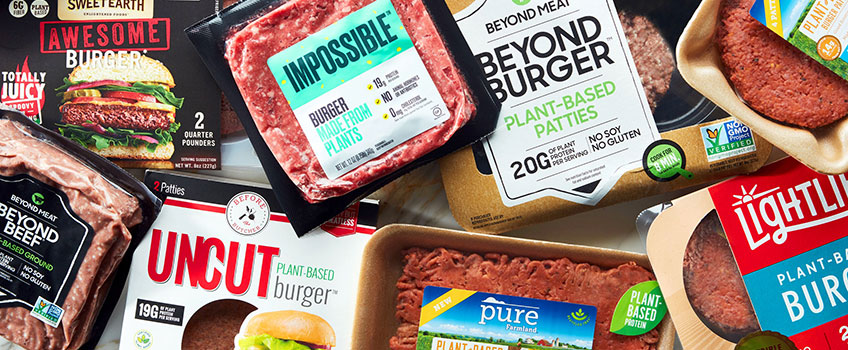
The hyper niche trend will be lead by indie-inspired labels featuring entrepreneurs, unique family recipes or strong storytelling. The most significant impact will be seen through unique, almost homegrown packaging labels promoting an irreverent attitude while also challenging existing norms too dependent on hero photography.
We will witness hyper niche brands’ continued acquisition to help bolster leading brands appeal to less brand loyal Gen Z and Millennials. We have all witnessed this phenomena in the beer industry where the craft beer segment has been the only real growth engine of the past decade.
In 2021, expect to see more hyper niche brand acquisitions and the introduction of new entries to create some excitement within many of staid categories. We hope to witness many traditional package design conventions being challenged with brands paying a more vital tribute to entrepreneurship than the pedigree of establishment.
Noteworthy Signals of Change:
- Micro-influencer marketing is gaining momentum.
- During the pandemic, a significant grassroots movement to support local brands has been seen.
- Platforms like Netflix and Spotify have changed the entertainment industry, shifting away from blockbuster films and #1 hit singles to a highly curated and personal experience.
Immersive Package Design
For the past twenty years, AR has been more hype than reality, with the benefits of the technology being limited by advances in mobile technology. A few products, such as 19 Crimes and Heinz Ketchup, have leveraged the technology, while retailers such as Lowe’s and IKEA have introduced AR content for their products to help customers envision their application in homes. For all of these few success stories, the technology has followed the same dismal adoption curve as the QR Code in North America – lots of excitement for little payoff.
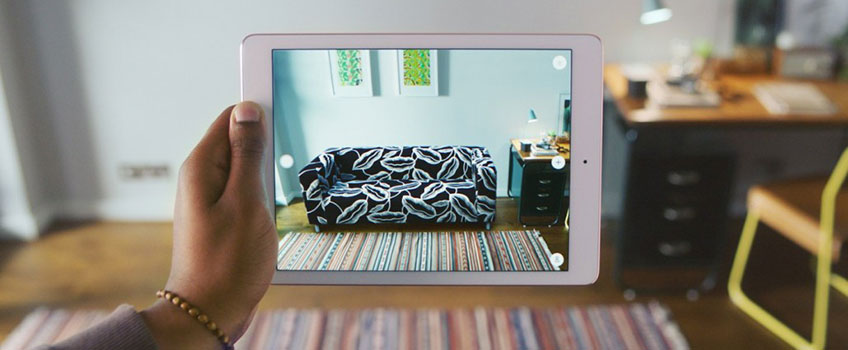
Now that most mobile devices come equipped with QR Code and AR readers, the critical hurdle in driving engagement has been lifted. Dynamic QR Codes have been shown to increase engagement and attract new customers, along with providing a better experience overall. Social media and mobile platform software ecosystems have raised the game by making augmented reality content cost-effective. However, we will see the most significant impact on more practical uses, such as the ability to read the full disclosure and usage of medical labels for the elderly or sight-impaired consumers. It will also help retailers who want to declutter their store aisles by migrating promotional content to a retailer-owned AR channel.
Noteworthy Signals of Change:
- In 2020, 32 percent of consumers used AR while shopping.
- Using AR to navigate a space is becoming common, for example in places like airports and hospitals.
Packaging Supporting Wellness and Social Initiatives
Though the focus on health and wellness is nothing new, the pandemic has accelerated the importance of eating and living well, with sales of fitness equipment and new healthier meal solutions skyrocketing. We predict that most leading manufacturers will either launch new wellness lines or expand their current offerings to meet consumer demand.
However, wellness will go beyond products to the use of apps and smart devices, and we believe it will expand to include more social and mental aspects, such as how we treat the planet, our neighbours and society at large.
Package design can be one of the most effective tools in communicating a brand’s social responsibility. We expect in 2021 to see more on-packaging messaging, reinforcing the manufacturer’s commitments to the communities they serve. It is critically important, however, that the messaging be authentic to your brand. Ben and Jerry’s history of activism makes this design feel relevant and authentic – not an attempt to capitalize on a cause.
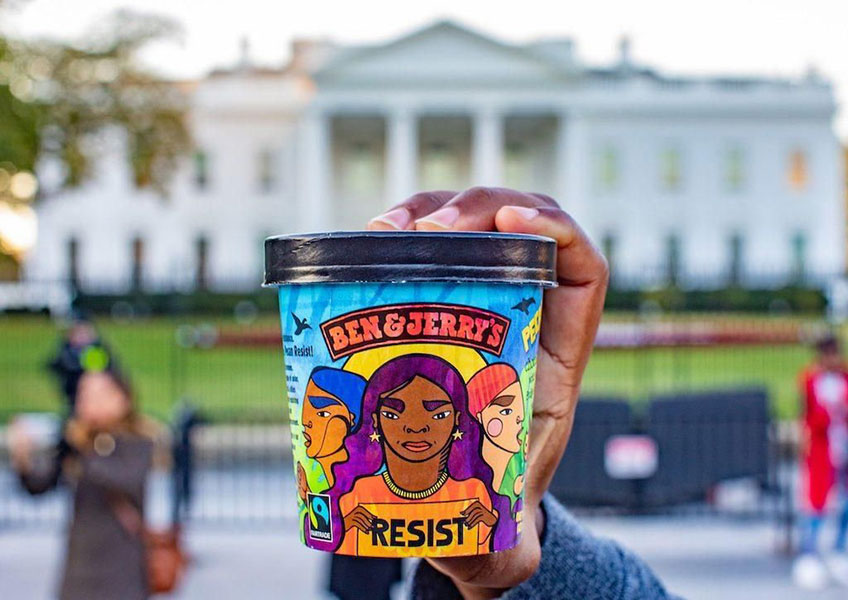
Noteworthy Signals of Change:
- Gen Z is the most ethnically diverse generation ever.
- Gen Z is even more focused on social justice and the environment than Millennials.
- Work-from-home and pandemic burnout have ignited conversations about work/life balance.
Packaging in an Online World
With the growth of online spurred by the pandemic, there may be a decline in the need for primary packaging. The key role of packaging in online sales is first to ensure the product arrives undamaged, followed by the visual confirmation that the product the consumer purchased was in fact delivered. As a result, we will start seeing the rise of less packaging when the outer box has no branding value.
We will also witness subscription-based brands’ growth as a vehicle to retain consumers and drive value and home delivery convenience. Expect to see the introduction of unique packaging, including circular design to support these subscription-based offerings that compete more on storytelling than product features. Subscription box brands will have to be careful of their environmental impact, as excessive packaging will come under scrutiny.
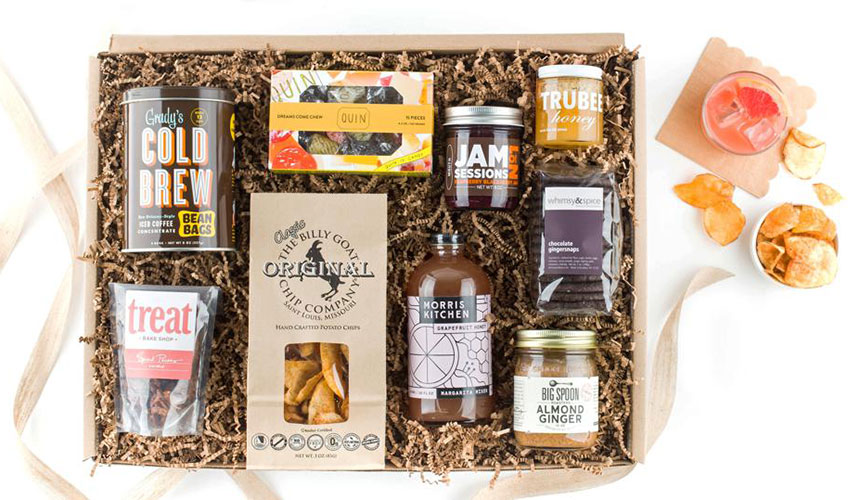
Noteworthy Signals of Change:
- In the US, e-commerce will rise by 18 percent this year.
- Consumers have been adapting to new innovations in social shopping that allow them to easily purchase items they see in their social feeds.
- Curated selections through apps like The Yes mean the way people shop digitally is changing and becoming more curated and experiential.
Restaurant Brand Packaging
The pandemic has forced the foodservice industry to pivot and then pivot again. Commissary kitchens to handle the onslaught of delivery and take-out is one example. In 2021 we will see a rise of foodservice brands offering packaged meal kits as well as frozen freshly prepared signature meals and subscription services.
Star chefs and restaurant brands with high customer loyalty will compete with supermarkets by providing higher quality, chef-inspired meals through online ordering and partnering with specialty retailers. For some supermarkets attempting to compete with major chains, we predict the introduction of pop-up restaurants adjacent to their fresh produce departments. With so much home cooking during the pandemic, consumers will be hungry to experiment with new meal solutions and restaurant-quality recipe options. We will witness new packaging structures that combine both convenience and strong brand messaging in addition to a higher degree of sustainability.
Noteworthy Signals of Change:
- The trends of wellness and cooking at home are converging to create a stronger focus on high quality, healthy food.
- Local celebrity chef home cooking videos have been trending during the pandemic.
In 2021 it is vital for brands to challenge the safe incremental approach to package design. Consumers will be emerging from one of the biggest crises in the century and will be hungry to explore new brands delivered through unique and game-changing packaging.

